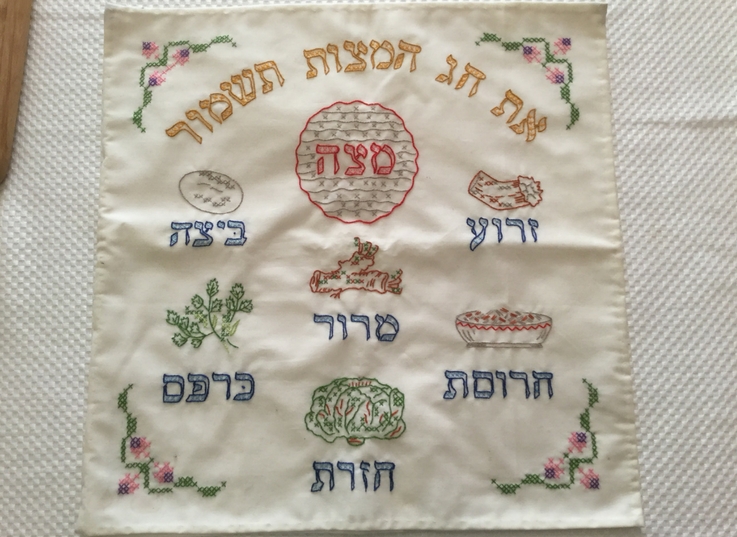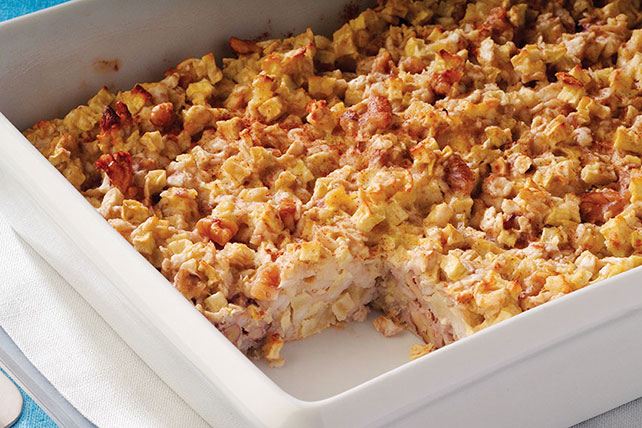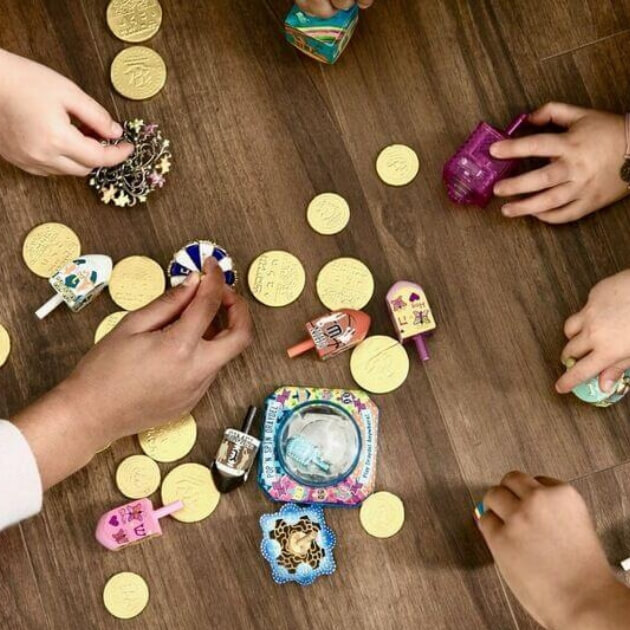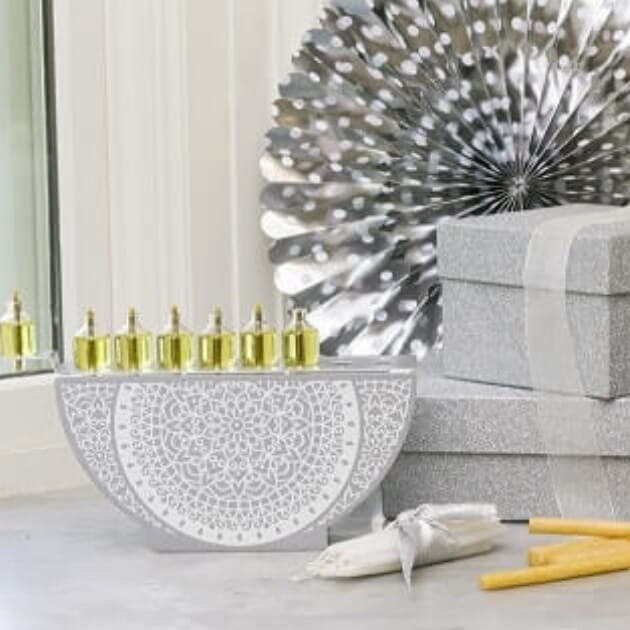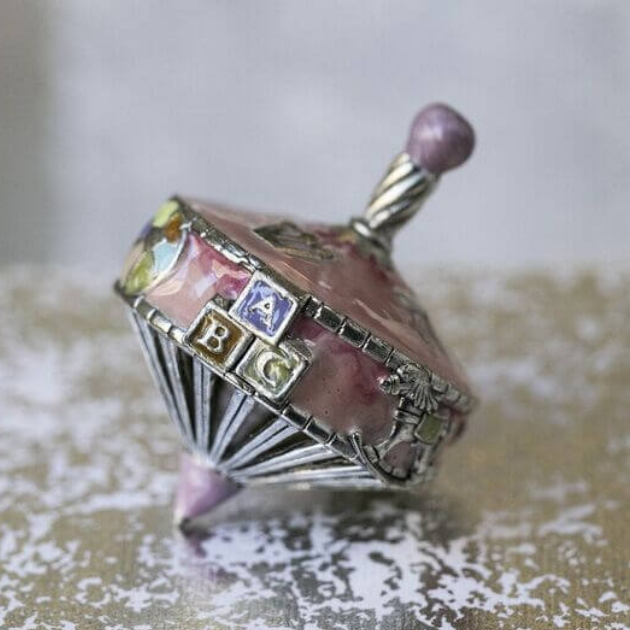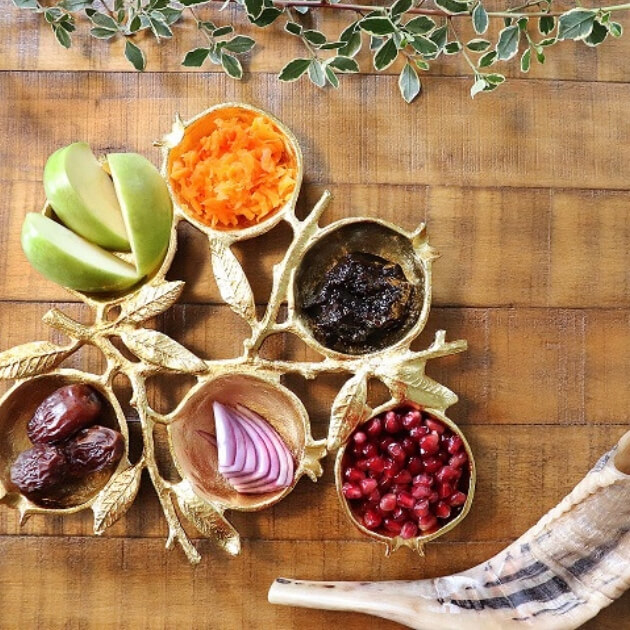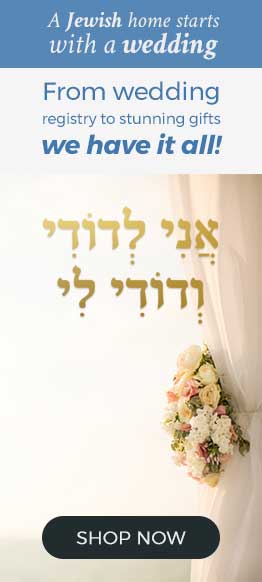11 Jewish Wedding Traditions That Are Good to Know
- May 6, 2019
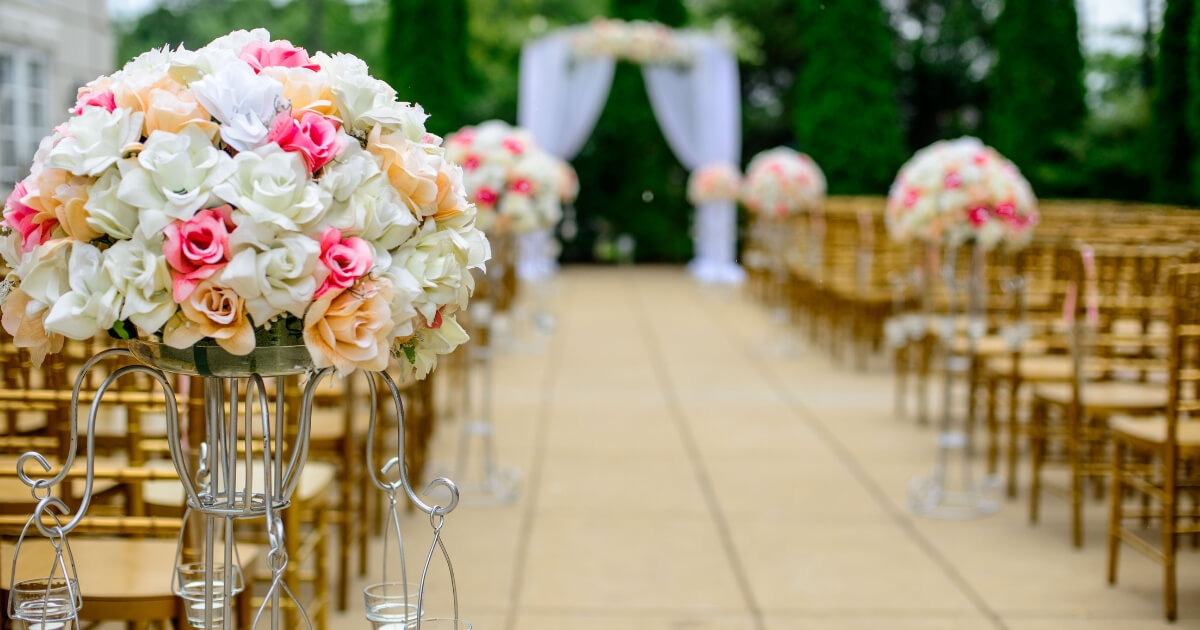

Congratulations!
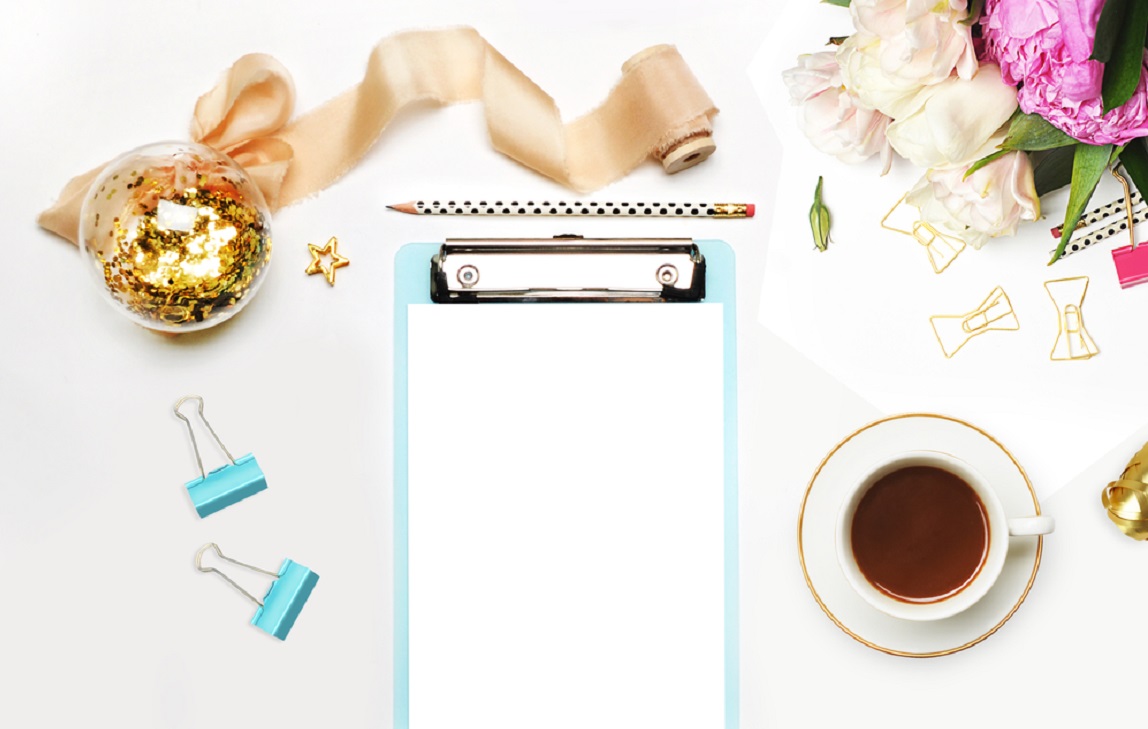 Weddings are supposed to be meaningful, happy occasions, but what should be a time of excitement can often instead be a period of stress, especially when realizing that organizing the rituals and ceremonies is more complicated than you thought. By understanding these practices you can infuse more meaning into each step along the way. Here is a list of common rituals you’ll find at a traditional Jewish wedding. While these traditions may look the same for everyone, feel free to be creative and discuss ways in which you can personalize them and make them your own.
Weddings are supposed to be meaningful, happy occasions, but what should be a time of excitement can often instead be a period of stress, especially when realizing that organizing the rituals and ceremonies is more complicated than you thought. By understanding these practices you can infuse more meaning into each step along the way. Here is a list of common rituals you’ll find at a traditional Jewish wedding. While these traditions may look the same for everyone, feel free to be creative and discuss ways in which you can personalize them and make them your own.
Consider us your go-to source for planning the Jewish wedding of your dreams! Here’s a quick Jewish Wedding ceremony guide to kickstart your planning process.
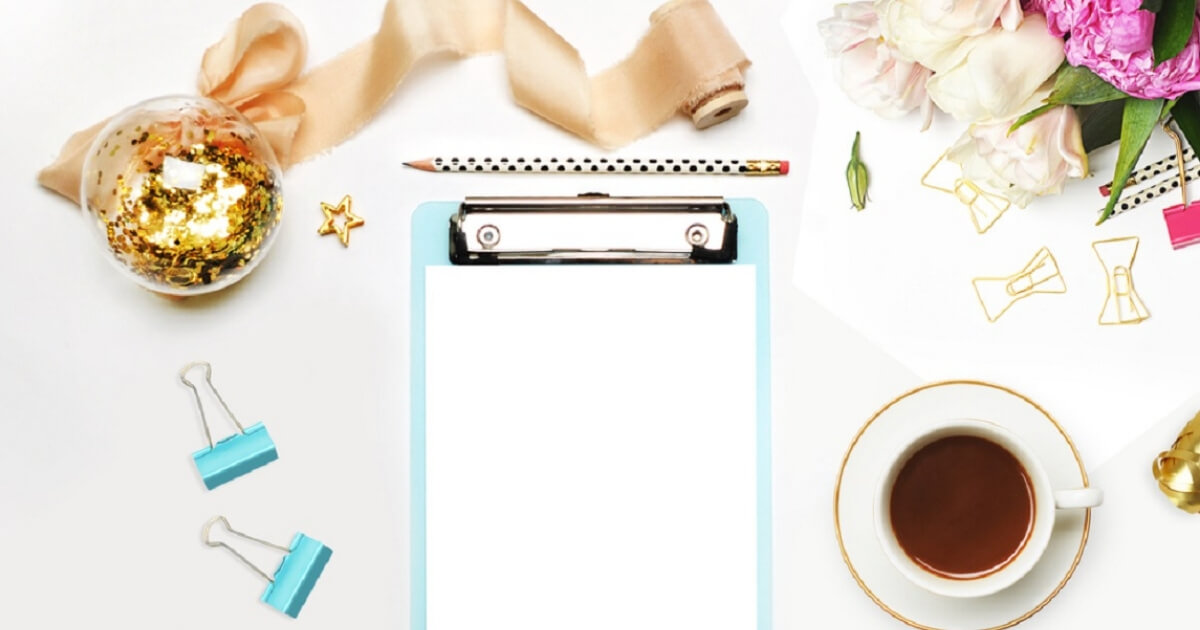

Eleven Jewish Wedding Traditions to Consider
1. Kabbalat Panim
At the beginning of a wedding, the bride sits on a throne-like chair while family and friends line up to greet her and shower her with blessings. Often her mother, grandmother, sisters, and friends sit with her.
2. Badeken
This is the veiling of the bride by the groom. The veil makes a statement that true beauty is found within. However physically beautiful the bride is, her soul and character are more important. Another reason -- the bride at her chuppah is compared to Moses when he came down the mountain with the tablets. His face was shining with a Divine light that had to be covered. This same light quality emanates from every bride at her wedding, and is covered out of respect.
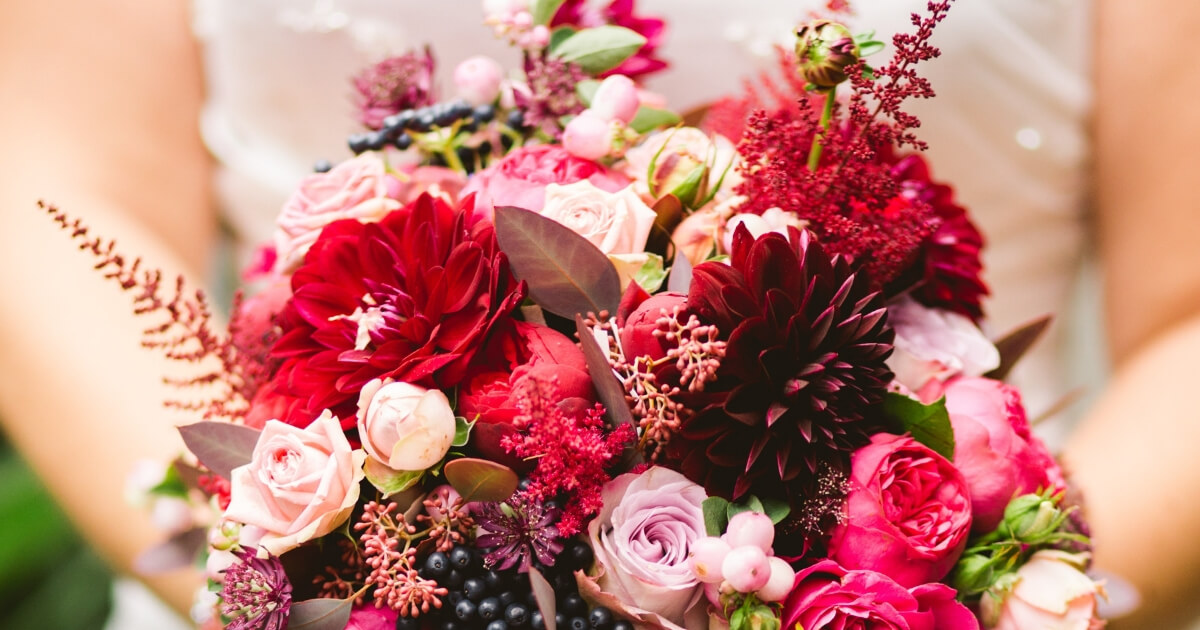

3. Chupah
The chuppah, or marriage canopy, represents the home that a couple builds together. There are no halachic requirements for constructing one, though it is many people’s traditional to use a tallit. Couples often design their chuppah -- choosing the color, size, and sometimes a meaningful Hebrew phrase -- to represent who they are. Some chuppahs are freestanding, while others are held up by four friends or family members, one at each corner, while the couple stands together beneath it.
Ashkenazi weddings usually feature an outdoor chuppah, while Sephardim keep theirs indoors. Ashkenazi couples are encouraged to remove all jewelry, to signify that they are marrying each other for who they are, and not for any material gain.
4. Circling The Groom
Just as the bride enters the canopy, it is traditional for her to circle the groom, usually seven times, symbolizing the creation of a new home. The circling of the bride seals their union, signifying an exclusive relationship. Seven is the kabbalistic number for completion, and now the couple has completed their “soul search” for each other.
At this stage, it is a Sephardic custom for the groom to make a blessing over a brand new tallit. Included in the blessing are thoughts for his new marriage and home.
5. Kiddushin
This is the betrothal ceremony, binding a husband and wife in a soulful union. During the wedding ceremony, the groom gives the bride a ring, usually a plain gold band. The circular shape represents hope for an everlasting marriage. The groom places the ring on the bride's right index finger, which according to both science and Jewish tradition, contains the closest bloodline to the heart. When the ceremony is over, the bride can move her ring to the traditional ring finger.
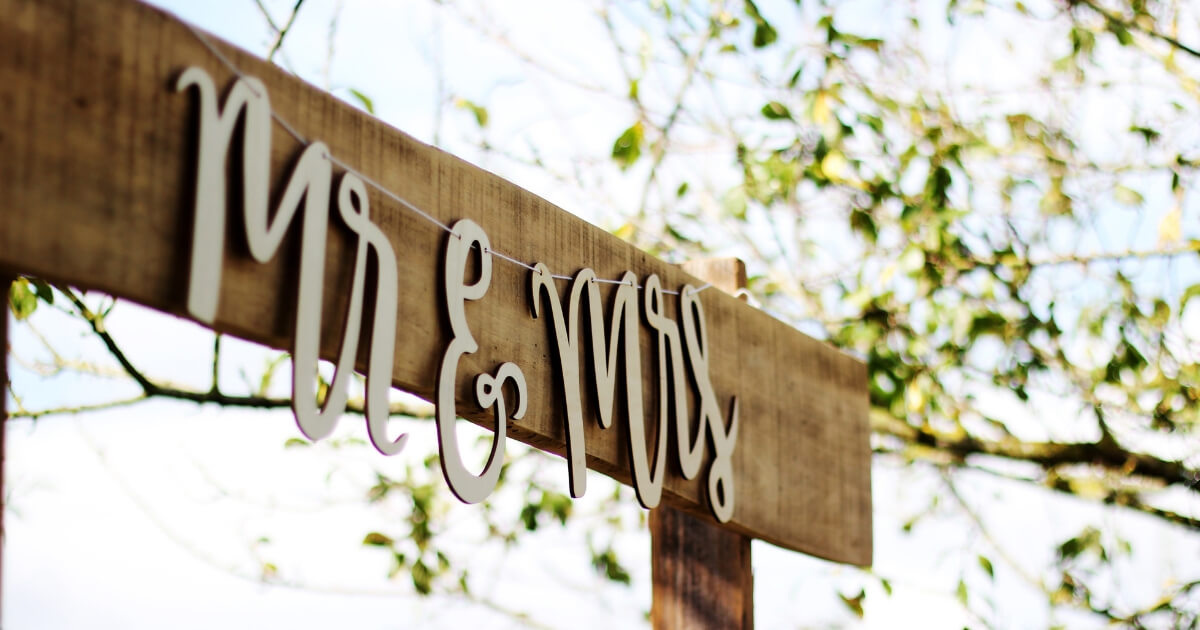

6. Ketubah
A traditional ketubah (translated as marriage contract) is written in Aramaic text. The ketubah outlines the groom's responsibilities to his bride and is designed to protect her. The ketubah is traditionally read out loud and then signed by two non-familial witnesses before the ceremony, and then read again under the chuppah. Today, modern couples have their marriage contract design amidst beautiful artwork worthy of being framed and mounted for display in their home. This “Ahava” papercut ketubah is an example of beautiful artisanship meeting modern design.
7. Nissu’in
Kiddushin is followed by Nissu’in, when the 7 blessings are recited toward the end of the marriage ceremony. A cup of wine is held during the seven blessings, traditionally recited by the rabbi marrying the couple. After the blessings are said, the couple drinks from the cup.
8. Sheva Brachot
The couple is considered royalty at their wedding and for a week after. During Biblical times, the custom to celebrate for a whole week -- hinting to the royal status of the bride and groom -- began with the marriage of Jacob and Leah. So under the chuppah, seven blessings are recited over a cup of wine, each one blessing the future of the new couple. These blessings are recited over wine again during the after-meal blessing at the wedding and for seven subsequent nights (after dinner) following the wedding in honor of the happy couple, also called Sheva Brachot.
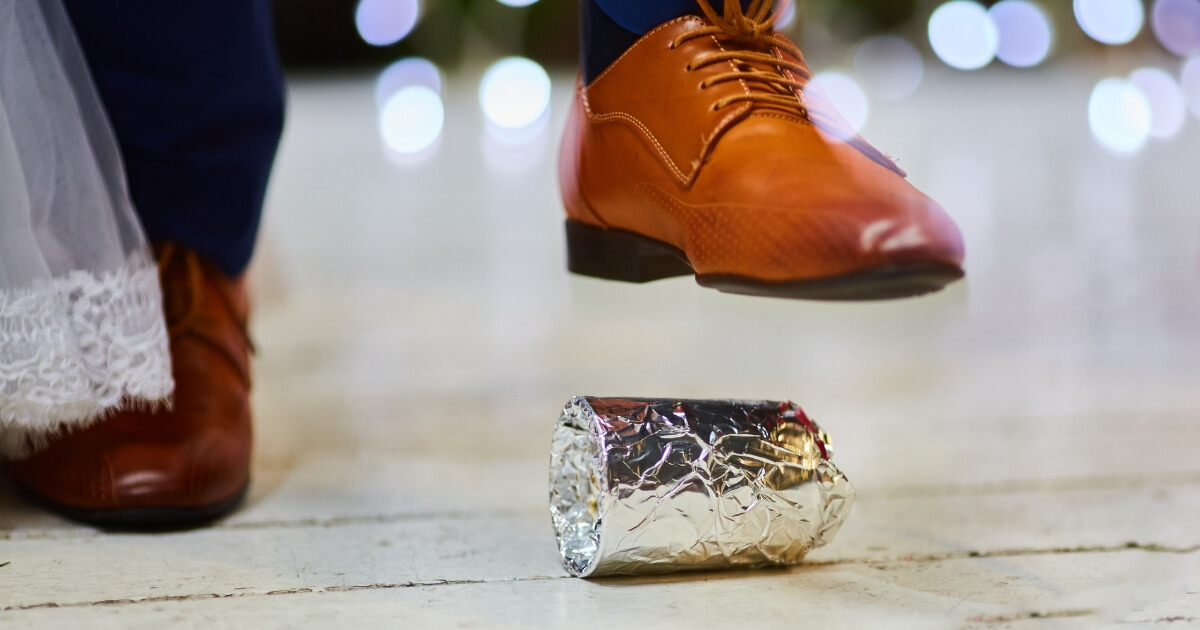

9. Breaking the Glass
The last part of the wedding ceremony is when a glass is placed on the floor and the groom shatters it with his foot. There are many reasons given for this tradition. Some see it as a reminder of the destruction of the First Temple of Jerusalem, a bittersweet moment of the wedding. Others say it is meant to remind us that marriage is fragile, like glass. It also has been interpreted to demonstrate how life itself is so fragile that the couple should enjoy every day together as if it were their last. Then, of course, there is the reason given that this will not be the last dish ever broken by one’s spouse and one should not get too worked up over broken glass. Wedding breaking glasses can be any color or size. Many couples choose a wedding glass they admire, then store and display the broken shards of glass in a beautiful keepsake.
10. Yichud
After the chuppah ceremony is complete, at traditional Jewish weddings, the married couple is led to a room to spend some time alone, usually around 18 minutes. “Yichud” means seclusion in Hebrew, representing their new status as a married couple. No one else is allowed in the room during the time the couple is together.
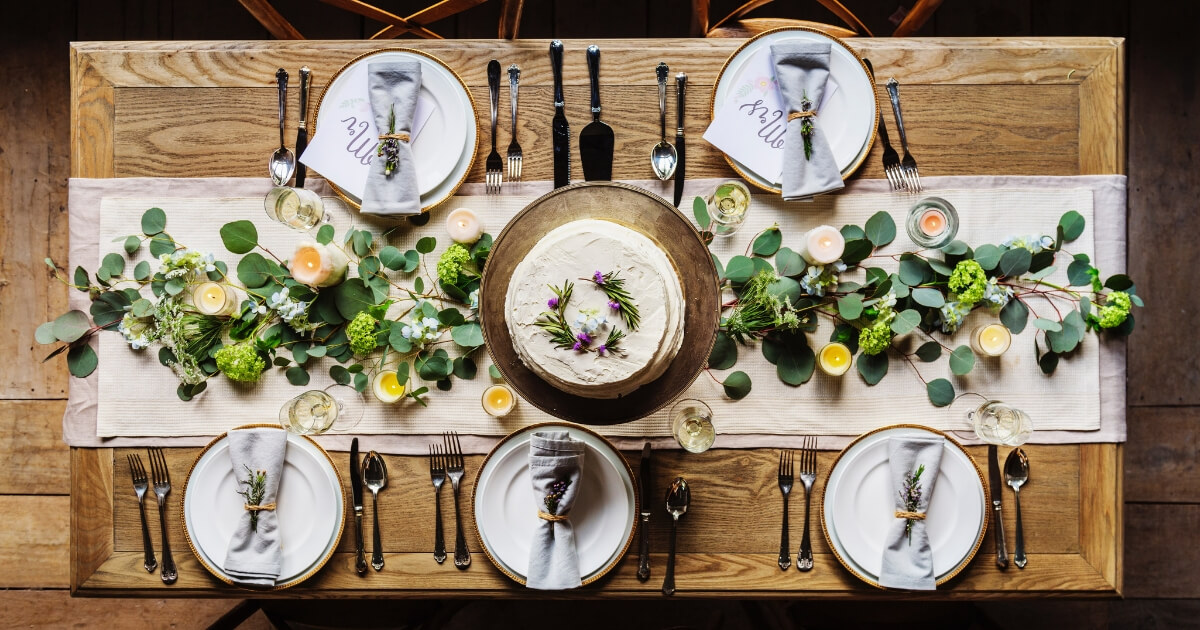

11. Seudah
What’s a wedding without food? Following the ceremony, the bride and groom sit down with their friends and loved ones to enjoy a festive meal and dancing with all the wedding guests. The serious part is over, now it’s time to party hard. L’Chaim!
Mazel Tov!
Whether you're the bride or groom or a family member, remember to enjoy and celebrate this joyous occasion, and the beautiful union it creates. It's a special Mitzvah to dance and make the bridge and groom happy on their wedding day.
 Get expert help from team members like Azik
Get expert help from team members like Azik

